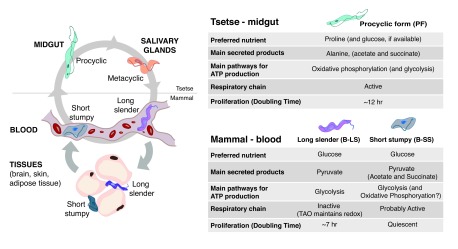Figure 1. Changes in metabolism during the life cycle of Trypanosoma brucei.
T. brucei life cycle spans two hosts: a mammal (human, cattle, wild animals) and the tsetse fly. As this protozoan parasite is extracellular, it adapts its metabolism to the available extracellular nutrients. The two stages that have been better characterised in terms of metabolism are the bloodstream long slender and procyclic forms, which mainly catabolise glucose and proline, respectively. Fewer studies have studied bloodstream short stumpy forms. In the mammalian host, parasites accumulate in the interstitial spaces of several tissues, mainly the brain, skin and visceral adipose tissue (adipocytes are shown as an example). The metabolism of parasites in these tissues remains mostly unknown, except for the activation of fatty acid β-oxidation in parasites resident of the adipose tissue. Metabolism of metacyclic stage has not been characterised to date. TAO, trypanosome alternative oxidase.

